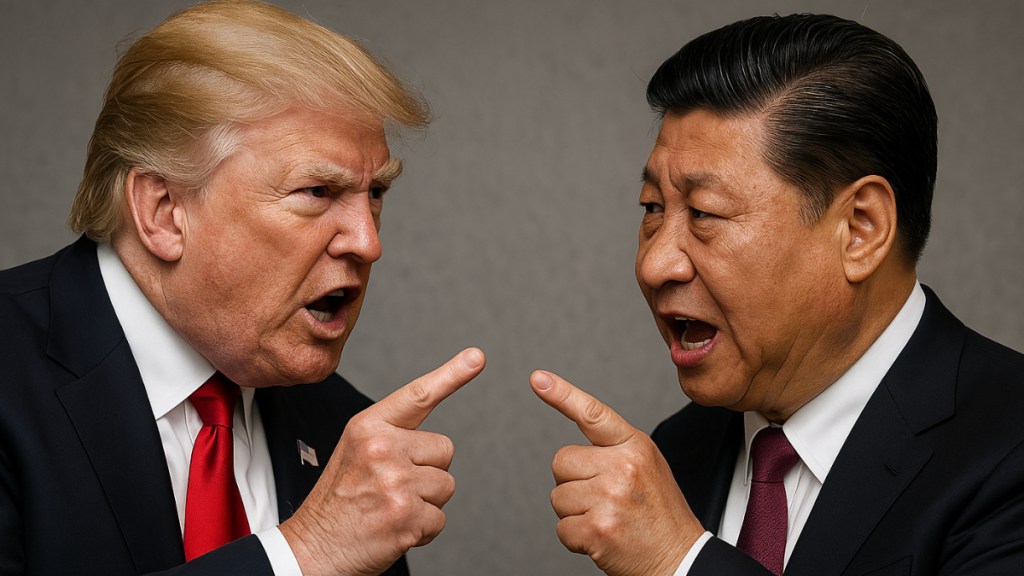US President Donald Trump abruptly backed down from his reciprocal tariff agenda on most nations for 90 days but upped the ante by raising levies on China to 125%. The 10% tariff on most imports from around the world is still in place. This tactical retreat amidst a full-blown trade war between the two biggest powers is being spun by White House officials as part of a grand plan; that it was Trump’s strategy all along. Nothing could be further from the truth.
The fact is that he was forced to respond to a growing backlash from the global markets, including a sell-off in US government debt, amidst warnings from influential bankers and economists that the American economy was heading into a recession. The question naturally is how should countries like India — that is already negotiating a bilateral trade deal with the US — respond? For starters, it should realistically recognise that there is no reprieve from the unpredictable on and off trade policy agenda of Trump. There is a warrant to go full throttle in concluding trade agreements with the UK, European Union (EU), and join mega regional groupings.
The 90-day pause takes the focus away from Trump railing against the world for ripping off America to a no-holds-barred trade war with China that has retaliated against his tariffs. The rise of China is the most important hegemonic challenge facing the US that is in relative decline. Even during Trump 1.0, the dragon was the target of his tariff bluster. An amazing factoid is that the mainland would account for 45% of global manufacturing by 2030, matching the US and its allies, according to a UN agency.
Trump’s ambitious attempts to get industry up and going in America with his tariffs is no match for this level of dominance. With its DeepSeek moment, China is at the frontier of leading technologies like artificial intelligence. It is the global leader in electric vehicles and batteries. The dragon processes 90% of the world’s rare earths that are needed in most of the sunrise industries. By refusing to blink first against Trump’s tariffs, the clear and present danger is that it would only intensify the geo-economic fragmentation of global trade and investment flows into US-centric and Sino-centric blocs.
In this milieu, India should not take sides in this Sino-US struggle for global dominance like blaming all the trade turmoil in the world on China’s “improper trade practices” since its accession to the World Trade Organization. In any case, Trump’s constant flip-flop is evident from his statement on Wednesday that he hopes for a “very good deal with China”.
The truth is that the current turbulence is due to the trade policy uncertainty of the US President who might also whimsically back off from his 90-day pause on tariffs. While India is among the 75-odd countries that have come forward to negotiate deals with the US, it must diversify its trading relations with other developed nations like the UK, the EU and even rejoin the Regional Comprehensive Economic Partnership.
Indications that some developed countries will relax their stance on non-trade issues like sustainability is a favourable augury for fast-tracking free trade agreements with them. While there is definitely a need to be vigilant against dumping by the dragon, India must leverage the opportunities thrown up by the fragmentation into two blocs by being agnostic about engaging more with China. After all, its relations with both the US and China are moving in a positive direction.

